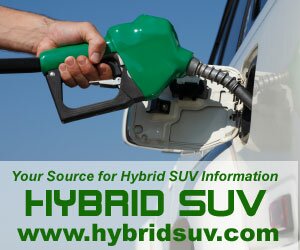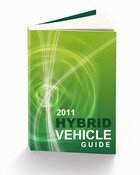Best In Class Hyundai Hybrid
 2011 Hyundai Sonata Hybrid: Best-in-class highway fuel economy
2011 Hyundai Sonata Hybrid: Best-in-class highway fuel economy
When looking for a hybrid car, the choice is quite simple. A driver can select a compact car with incredible fuel economy or a mid-sized car with a modest improvement over a gas-only car.
In the works since 2008, the 2011 Hyundai Sonata Hybrid offers a compromise. The mid-sized sedan offers a highway fuel economy that rivals many hybrid compacts.
To achieve this, the 2011 Sonata Hybrid uses Hyundai’s Hybrid Blue Drive technology, which marries a 169-hp 2.4-liter Theta II engine with a 40-hp electric motor. Hyundai has used this technology in prototypes; this is its first production use. With Hybrid Blue Drive, the Sonata Hybrid can run on the gasoline engine alone, the electric motor alone, or a combination of the two.
One significant differentiator with the Sonata Hybrid is that Hyundai uses an automatic transmission instead of a continuously variable transmission (CVT), which is widely used in hybrids. The choice of the automatic transmission over the more commonly used CVT for a hybrid was driven by Hyundai’s focus on improved highway fuel economy.
Most hybrid development efforts concentrate on improving city mileage. According to Popular Mechanics, Hyundai research found that U.S. drivers spend almost 60 percent of their driving time on highways. So highway fuel economy is at least as important (and perhaps more important) as city mileage. As a result of using the automatic transmission, the 2011 Sonata gets a “best-in-class” 40 mpg highway. City fuel economy is 36 mpg.
Besides the use of the automatic transmission, another factor contributes to the car’s fuel economy numbers. In particular, Hyundai took a different design path than most automakers with the Sonata Hyundai. Typically, hybrid versions of existing models have the same body and look of their gas-only counterparts. Hyundai made significant changes to the Sonata to create the hybrid version. Features unique to the hybrid include new headlights, tail lights, rocker panels, grille, wheels, and air dam. Some of the changes are simply for style, but Hyundai claims that many were carried out to improve the car’s aerodynamic properties. According to Motor Trend, the Sonata Hybrid has a drag coefficient of 0.25, which is considered quite good…the same as the Toyota Prius.
Another first for this car has to do with the battery selection. Hyundai uses a lithium polymer battery. Many reviews of the car noted that this is the first production use of these batteries, which are more compact and lighter than the more commonly used nickel-metal hydride batteries. These lighter weight batteries help keep the mid-sized Sonata Hybrid sedan at a svelte 3,457 pounds.
The 2011 Hyundai Sonata Hybrid has a MSRP starting at $25,795.
> View a Car and Driver photo gallery of the 2011 Sonata Hybrid here.
> View a CNet video review of the car here.



















